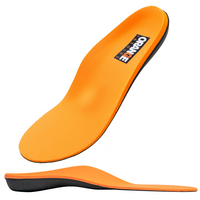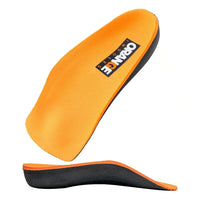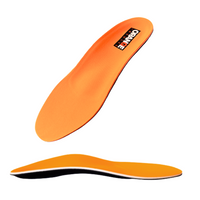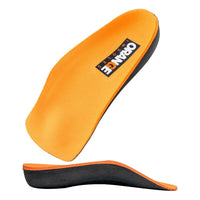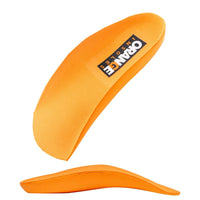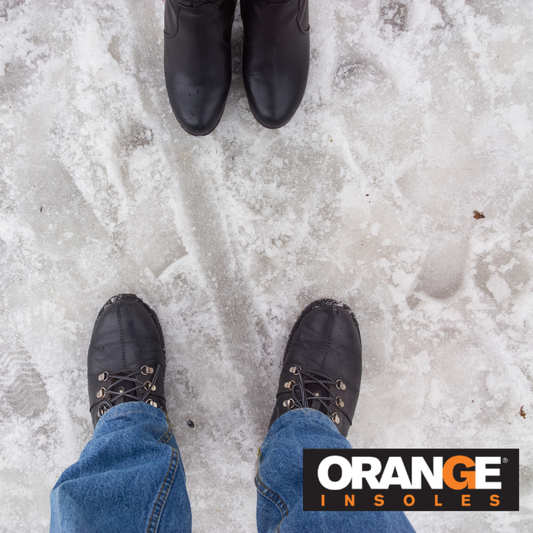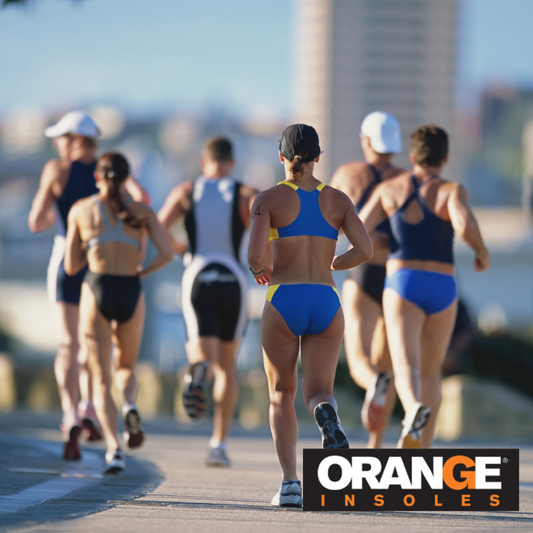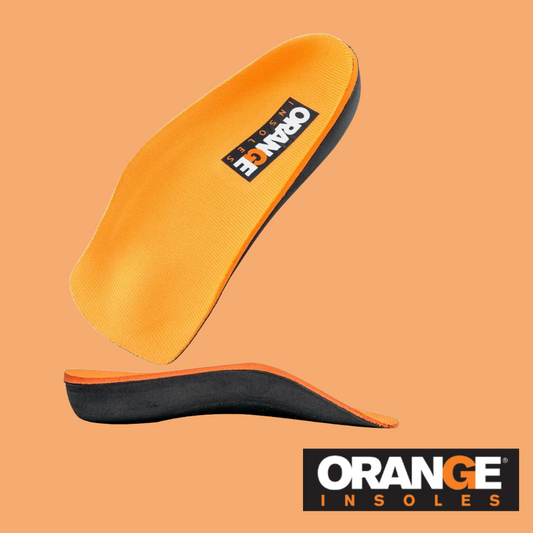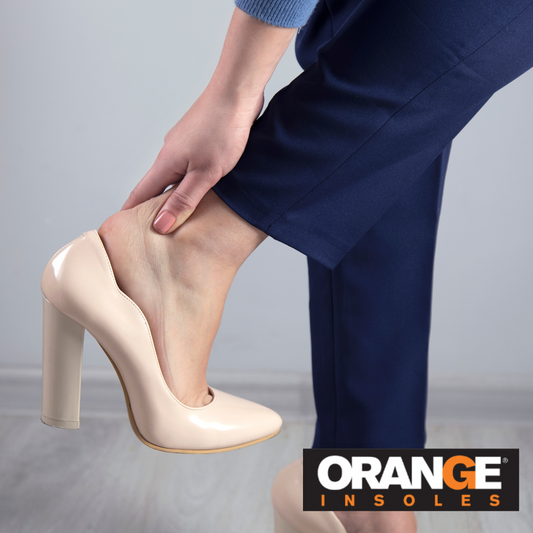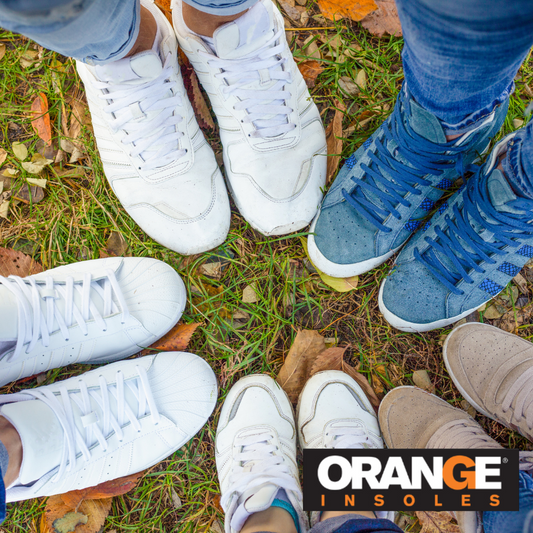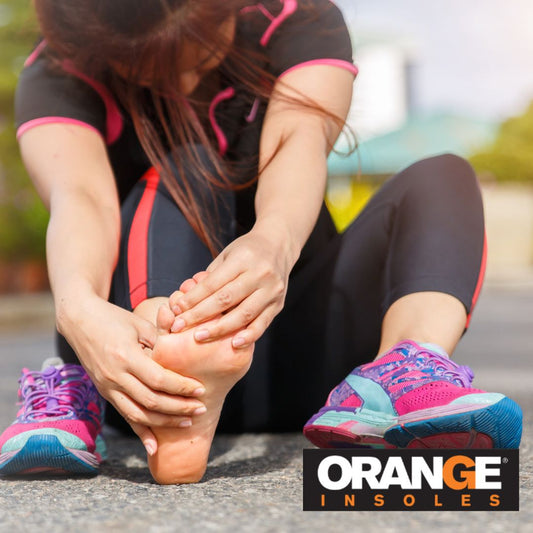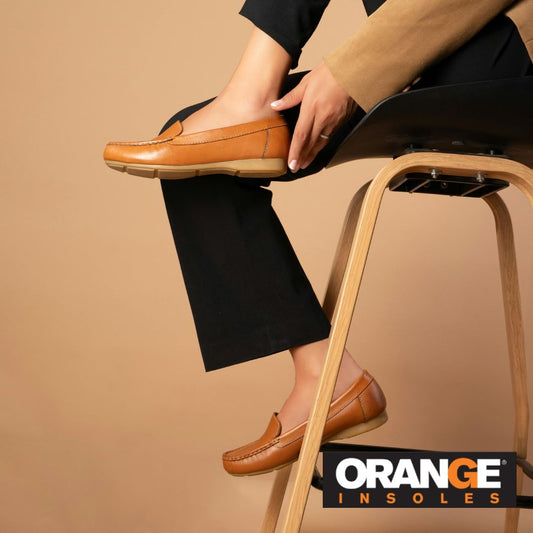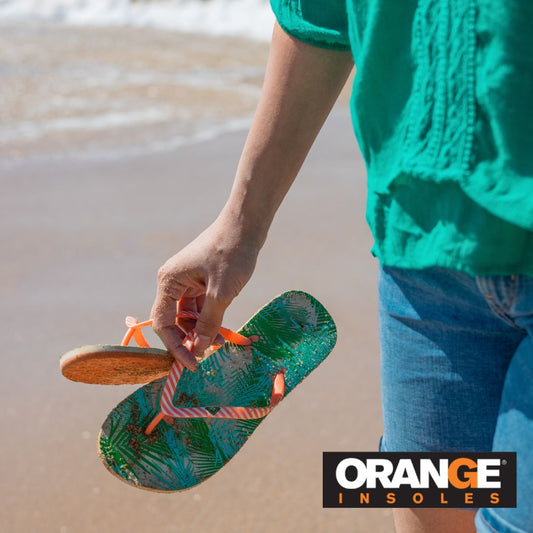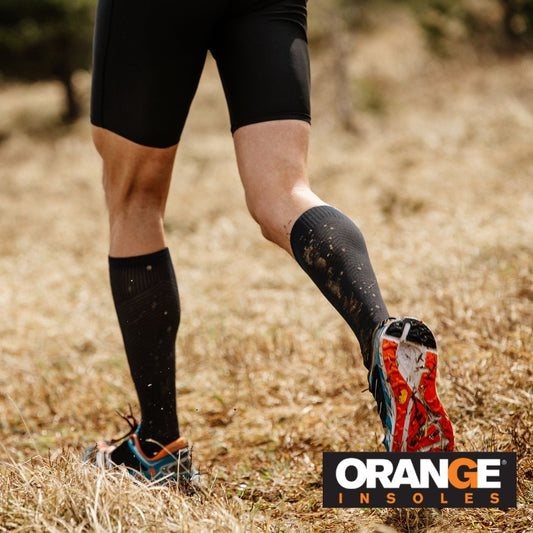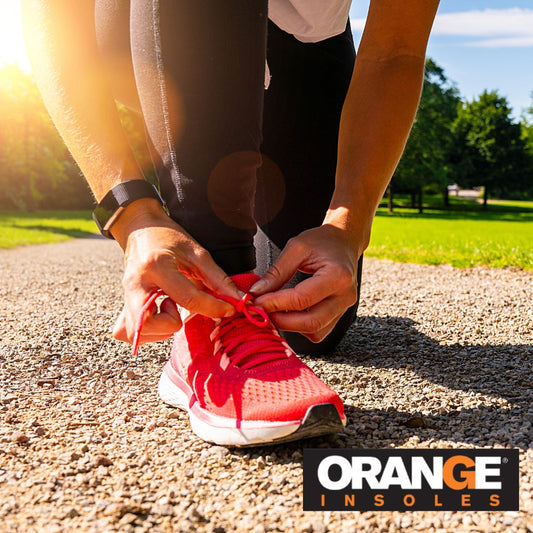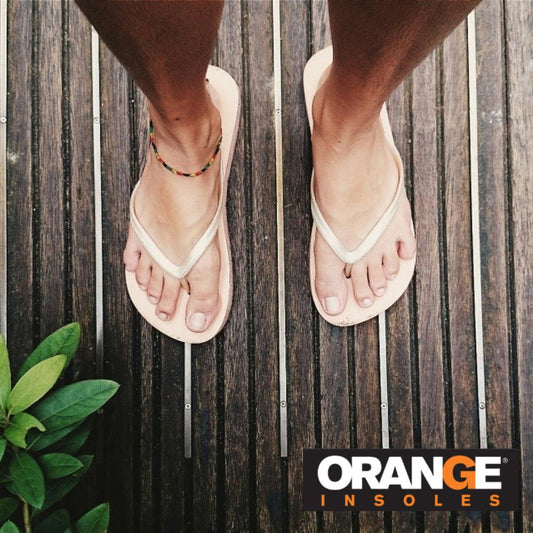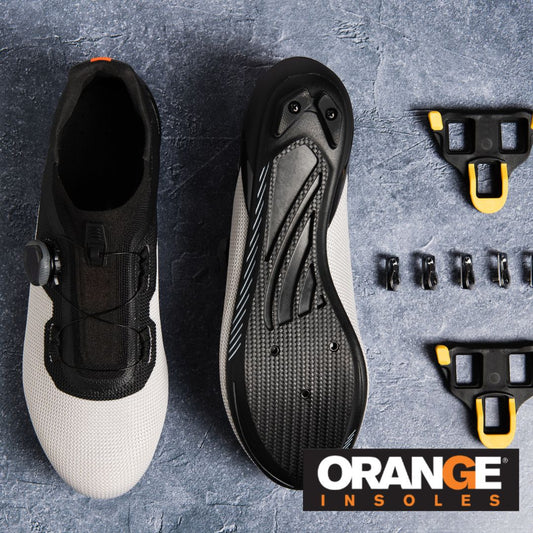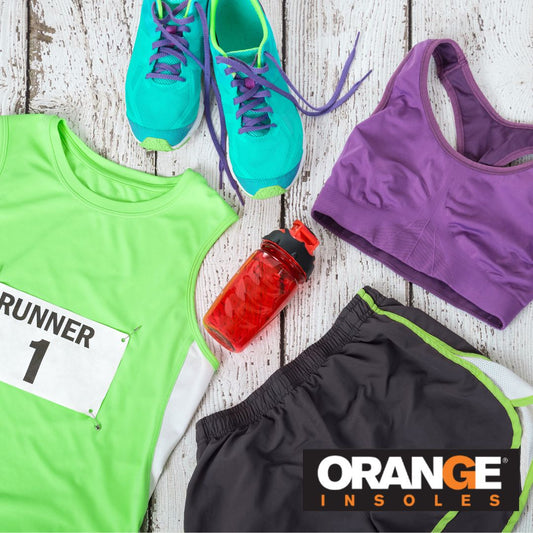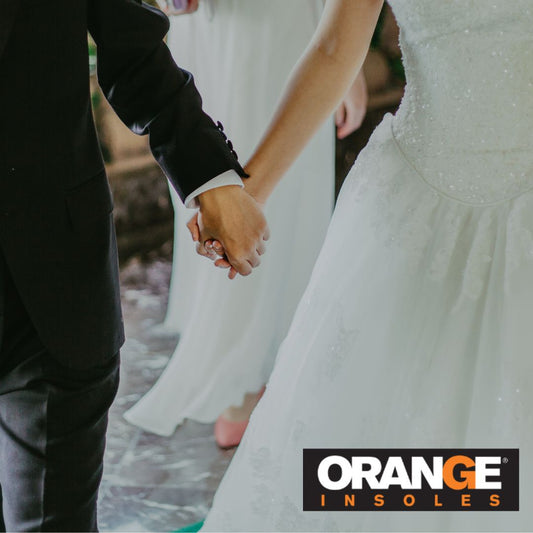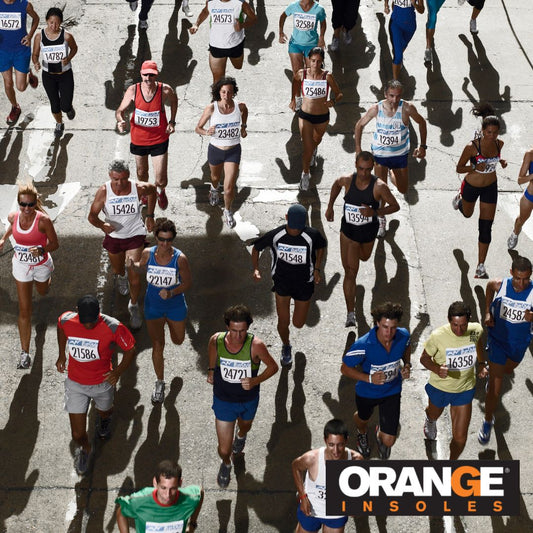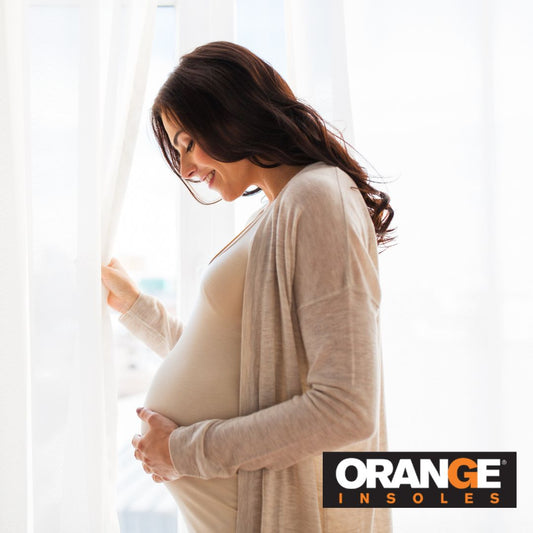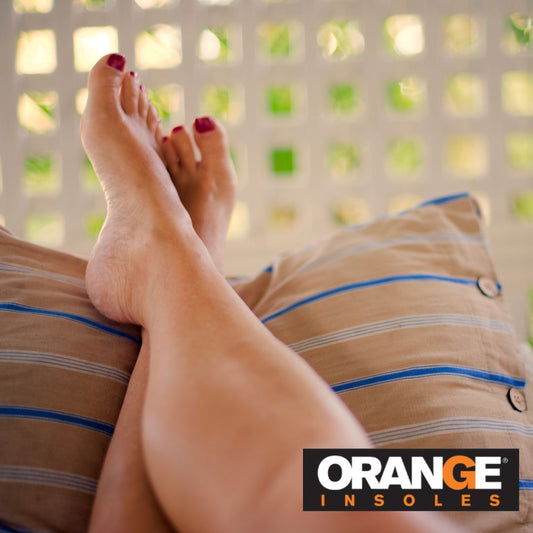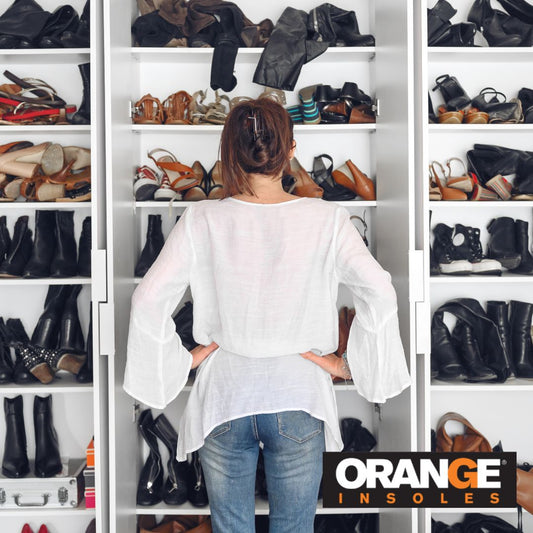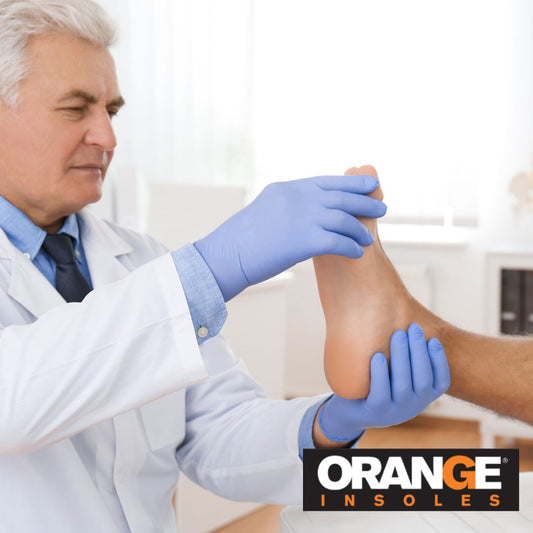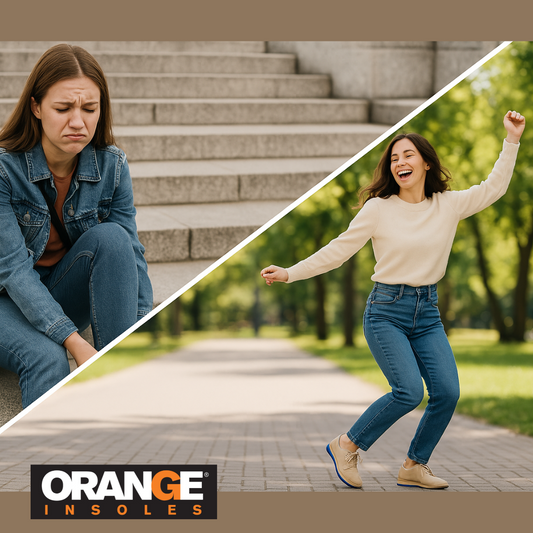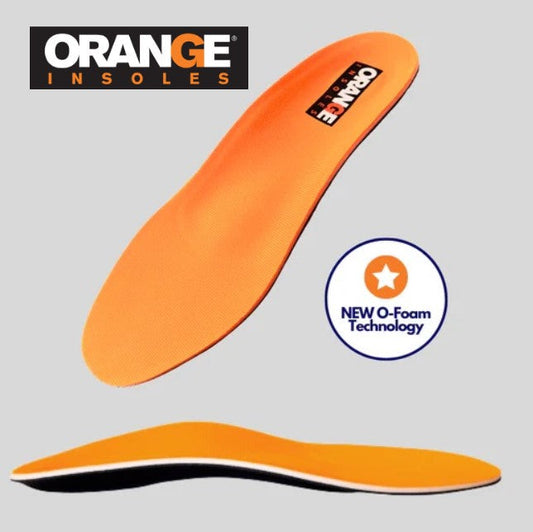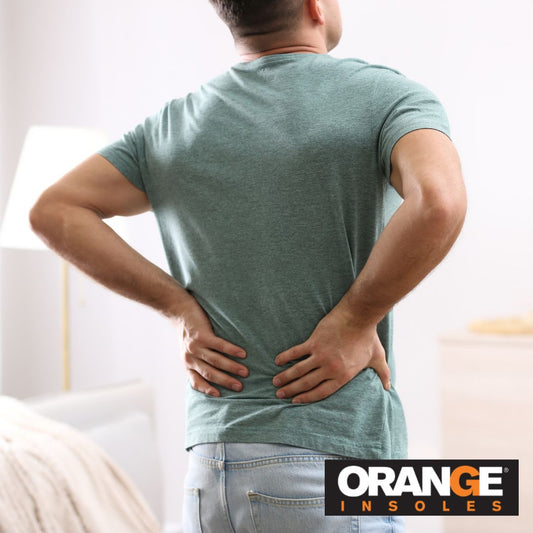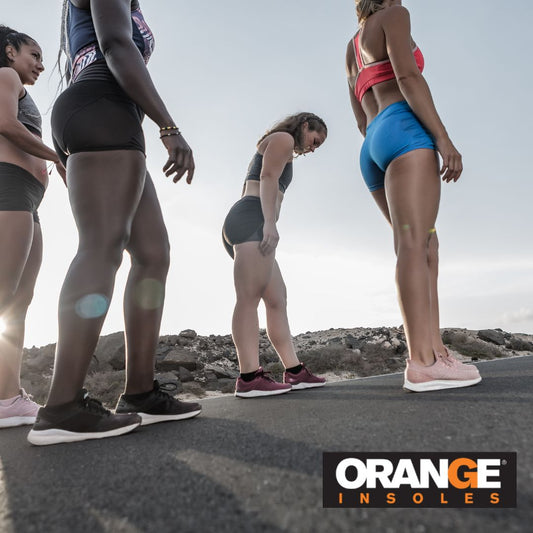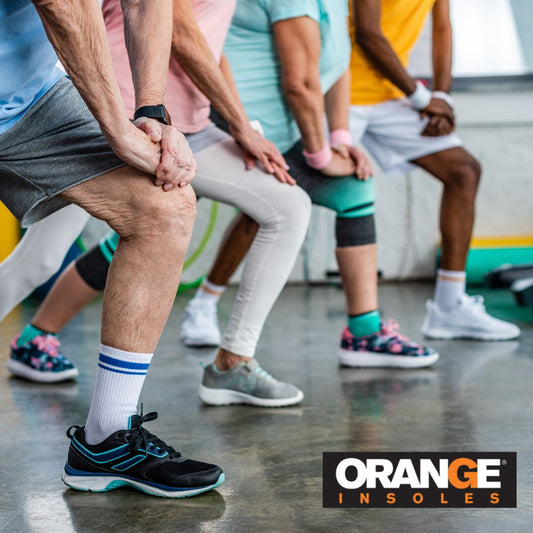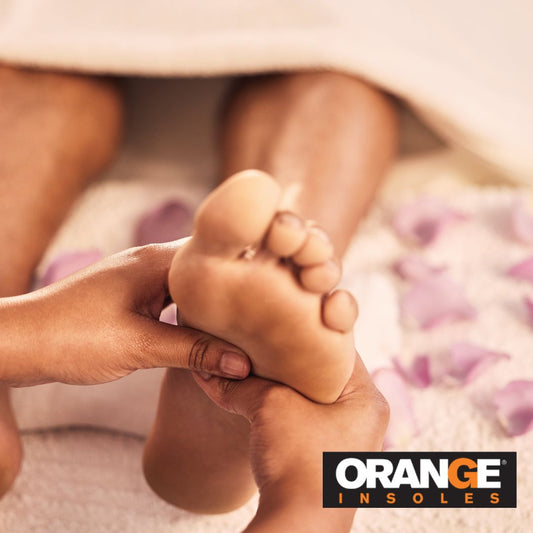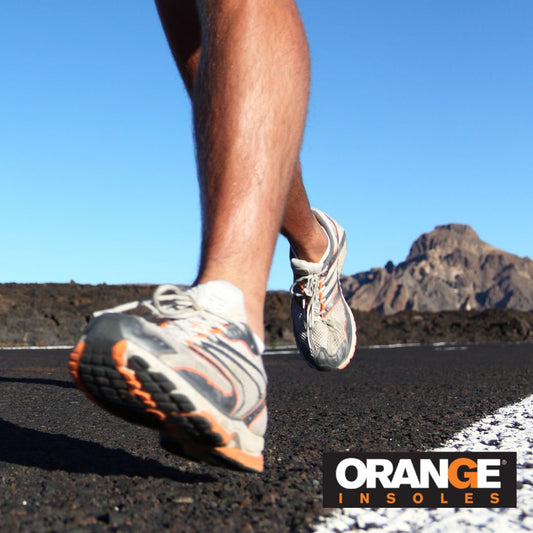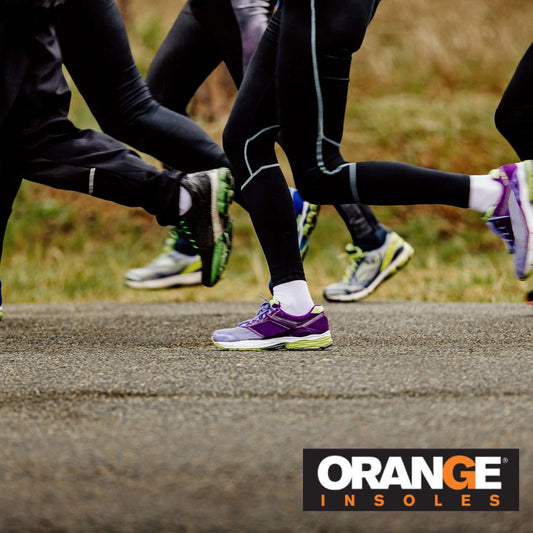So you bought a brand-new pair of shoes that are stylish, supportive, and maybe even a bit pricey. You slip them on, take a few steps… and ouch. Why do your new shoes hurt so much?
Don't worry you’re not alone. It’s a common issue, and the good news is: in many cases, the discomfort is temporary. But in others, your body might be telling you something important.
Why New Shoes Often Hurt at First
When you get new shoes, you’re introducing a different shape, material, and fit to your feet and your body notices.
Here’s why it can hurt:
-
Stiff materials: Leathers and synthetic uppers take time to soften
-
Different footbed or arch structure: Your feet may not be used to the shape yet
-
Narrow toe box or heel rub: Friction causes blisters or irritation
-
Lack of cushioning or support: Especially in cheaper shoes or fashion-focused styles
Even great shoes may cause temporary discomfort while your feet adjust to the fit and materials.
Will It Get Better Over Time?
In many cases, yes but it depends on what’s causing the pain and how severe it is.
It usually gets better if:
-
Pain is mild and general, like slight soreness or fatigue
-
The shoes feel a bit stiff, but the fit is mostly right
-
Blisters appear but improve with protective socks or pads
-
You feel better after a couple of short wear sessions
Break-in time varies by shoe type:
-
Running shoes: 1–2 short sessions
-
Dress shoes or leather: Up to a few weeks
-
Hiking boots: May take multiple wears to fully mold to your foot
It might not get better if:
-
You feel sharp, focused pain in one area
-
Your toes are cramped or your arch feels unsupported
-
You feel worse the longer you wear them
-
You have known foot issues (flat feet, plantar fasciitis, bunions)
-
You experience back, hip, or knee pain due to poor alignment
→ (Read: How Footwear Affects Your Alignment
In these cases, the shoes may simply not be the right match for your foot shape or you may need more support.
Don’t Push Through the Pain
If your new shoes are causing blisters, worsening pain, or impacting your gait, stop wearing them. Foot injuries from bad footwear can lead to long-term issues like:
-
Heel spurs
-
Achilles inflammation
-
Knee or hip misalign
Your footwear should help not hurt you.
Read more: Are Your Summer Shoes Hurting Your Back?
How to Make New Shoes More Comfortable
Whether you're breaking in new kicks or want to avoid foot fatigue altogether, here are some quick solutions:
✅ 1. Use a High-Quality Insole
Most factory insoles are basic and provide little support. An insole like the Orange Full Insole adds:
-
Arch support
-
Heel cushioning
-
Better alignment and posture
For slimmer shoes or dress shoes, try the Orange ¾ Insole or Orange Light for subtle comfort.
✅ 2. Wear Them in Short Sessions
Start with 30–60 minutes at home before wearing them out for a full day.
✅ 3. Protect Pressure Points
Use moleskin, blister patches, or heel pads while your shoes mold to your feet.
✅ 4. Try Stretching
Leather or canvas shoes can be softened or stretched using shoe stretch spray or professional stretching tools.
Quick FAQ
Q: Is it normal for new shoes to hurt?
A little discomfort is common, but sharp or lasting pain is not. Don’t ignore pain that persists beyond a few wears.
Q: How long should it take to break them in?
Depends on the material and structure. Soft athletic shoes can feel good right away; stiffer styles might take up to 10 wears.
Q: Should I return my shoes if they hurt?
If the pain is intense or clearly tied to poor fit, yes. No shoe is worth long-term damage to your feet or joints.
Support That Fits You
Your shoes shouldn’t hurt. If they do, you may need more support, more flexibility, or simply a better fit.
Try adding a high-quality insole from Orange Insoles to reduce break-in pain, prevent injuries, and help every step feel just a little bit better.
Find the insole that fits your lifestyle here
